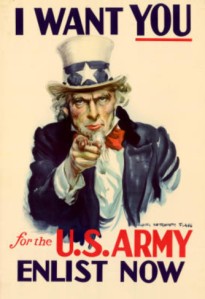When I began this semester a short four months ago, I was a very different man. College was a romantic thing. It still had the magical appeal that it has to new freshman. There was still a lot I had left to experience. At that point in time, I was just happy to be going to college. Graduation was far away and I was not worried about a thing.
At some point throughout the semester, real life hit me like a truck. The reality that I had less than half of my college career left shocked me. I had a bit of an existential crisis to put it bluntly. What was I going to do with the rest of my life? I knew I was going to be in the Army, but that was about it.
In the beginning of Writing 3030, I treated it like a class that I just had to get through. I didn’t care about writing, and I sure didn’t care about science writing. Throughout the semester, my own existential crisis collided with assignments in this class and made me think about what I really wanted to do with my life. I knew I wanted to be in the Army, and I knew I wanted to end up practicing medicine. Where did the overlap occur?
I hadn’t found it yet. I just had to continue doing my assignments hoping that I could get a decent enough grade. It was finally our final project that helped me to search myself to find what I want. It’s funny, because nothing I have included in my project relates to what I want to do. It was the in the process of developing my final project though that I found what it is that I want out of life. It forced me to dig and to do some research relevant to my career goals.
While I can’t particularly say how my writing has improved, I do know that I am a more focused and motivated person now. I now know that I will join the Army and become a physician’s assistant. Because of my definite career plan, I am sure that my writing about the topic (which I did for my final project) will be an overall better project than if I began it at the beginning of the semester.

